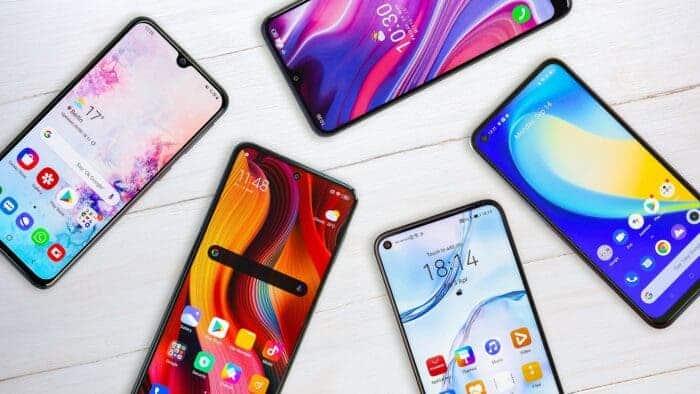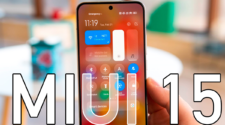In today’s world, with advancements in technology, our mobile phones are lasting longer than before. However, continuing to use phones that have reached the end of their support period can lead to several risks. In this article, we will discuss the potential risks of using outdated Android phones, and what steps can be taken to ensure a safe experience. In addition, we will provide tips and tricks to keep your smartphone functional after the end of the support period.
When a phone is out of support, it is more prone to being infected with malware or viruses. The main reason for this is the lack of security patches. Which are updated by Google to cover any possible entry holes for malicious code that can alter devices and invade privacy. While phones that are out of support are not defenseless, there may be vulnerabilities that have not been corrected by a patch, leaving users exposed to potential security breaches. This risk becomes more severe if the phone has not received support for a long period.
It is also important to note that some applications stop working on old versions of the Android operating system when they get updates. Users may notice this during using daily tasks. This can cause a problem for users who have outdated phones. As they may not be able to use certain apps that they require.
Things to consider when using Outdated smartphones that no longer receive updates

To continue using outdated Android phones, it is crucial to exercise extreme caution. While installing applications from unknown sources carries a risk, users should limit the installation of apps to the Google Play Store, which has greater reliability and incorporates services such as Google Play Protect that protect users from malicious applications. Users should also exercise caution when browsing the web. And avoiding files that are automatically downloaded by clicking on an advertising banner. As well as opening documents sent to them by a messaging application. Malware can come from any open front, so users must be vigilant and close their doors to unknown files.
Another important step to consider is to check the source of a file beforehand, whether it is an application or not. Users should stick to the official methods and not use applications that contain sensitive information on their old mobile. Such as banking apps that contain personal and financial data.
There are several solutions available for users who wish to continue using outdated Android phones. One of the most direct solutions is to install a custom ROM, a method for advanced users. But not very difficult to execute once the process has been studied. Custom ROMs provide several advantages, but the most significant is their ability to keep phones that are no longer officially supported up to date, avoiding serious security problems.
Gizchina News of the week
Another solution is to update the phone through the Google Play Store. Google has separated certain parts of the system and updates them from its official store. These updates are usually focusing on fixes and corrections, but they can provide users with a little more security.
As a last option, users can consider giving their outdated phone a new life. Rather than throwing it away, users can repurpose their old phone for different tasks such as using it as a Google Home speaker, to replace a webcam, or as a music player.
Overall, outdated Android phones can pose a significant security risk, making it important for users to exercise extreme caution. Users should limit the installation of apps to the Google Play Store and stick to official methods. There are several solutions available for users who wish to continue using outdated Android phones, such as installing a custom ROM or updating through the Google Play Store. Finally, users can consider repurposing their outdated phone for different tasks or purchasing a new phone from a manufacturer that provides constant updates for a more extended period. By taking these steps, users can ensure a safe experience while continuing to use their outdated Android smartphone devices.
Tips and tricks to keep your smartphone functional after the end of the support period

If your smartphone is no longer receiving updates, there are several things you can do to keep it functional and secure:
- Use a third-party ROM: You can install a third-party ROM (custom firmware) on your phone to get the latest Android updates. However, this process can be complex, so it’s important to research and follow the instructions carefully.
- Limit app permissions: Be careful about which apps you install and limit their permissions. To ensure that they can’t access sensitive data or functions on your phone.
- Use antivirus software: Install and regularly update an antivirus software to protect your phone from malware and other security threats.
- Keep your apps up to date: Make sure to keep your apps up to date by downloading the latest versions from the app store. This can help to address any security vulnerabilities that may be present in older versions.
- Be cautious about public Wi-Fi: Avoid connecting to public Wi-Fi networks. Which can be insecure and put your phone at risk of hacking. So it’s better to not connect to public Wi-fi networks.
- Replace your phone: If your phone is too outdated and can no longer receive security updates, it may be time to consider replacing it with a newer model that receives regular updates and has better security features.





